NASA has given the green light to the Dragonfly mission, a groundbreaking project that will send a car-sized, nuclear-powered drone to explore Saturn’s moon Titan. The decision reportedly allows the mission to proceed with final design, construction, and testing of the spacecraft and its scientific instruments.
Mission Details
The Dragonfly mission, led by Johns Hopkins University Applied Physics Laboratory, aims to investigate the prebiotic chemical processes that may have been common on both Titan and Earth before the development of life. The drone, dubbed a “rotorcraft,” will feature eight rotors and will be launched towards Saturn in July 2028, with an expected arrival on Titan in 2034.
NASA’s authorization of the Dragonfly mission comes with a total lifecycle cost of $3.35 billion, a significant increase from the original estimate due to the COVID-19 pandemic, supply chain issues, and the results of an in-depth design iteration. Despite the increased cost and delayed launch date, NASA has provided additional funding for a heavy-lift launch vehicle to ensure the craft reaches Titan on schedule.
Exploring Titan
Titan, one of Saturn’s moons, has long been a subject of interest for scientists due to its potential to harbor liquid water and organic materials necessary for supporting life. The Dragonfly mission aims to shed light on the moon’s unique environment and its similarities to early Earth.
Once the rotorcraft lands on Titan, it will fly to numerous promising locations, collecting data and analyzing the moon’s composition to better understand the prebiotic chemical processes that may have occurred there.
The Dragonfly mission represents a significant milestone in NASA’s exploration of our solar system and the search for signs of life beyond Earth. With its innovative design and advanced scientific instruments, the rotorcraft drone will provide unprecedented insights into Titan’s environment and its potential to support life. As the mission progresses through its final design and construction phases, the scientific community and the public alike eagerly await the discoveries that Dragonfly will unveil upon its arrival on Saturn’s enigmatic moon.
Illustration courtesy of NASA.



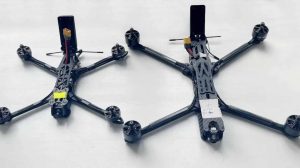





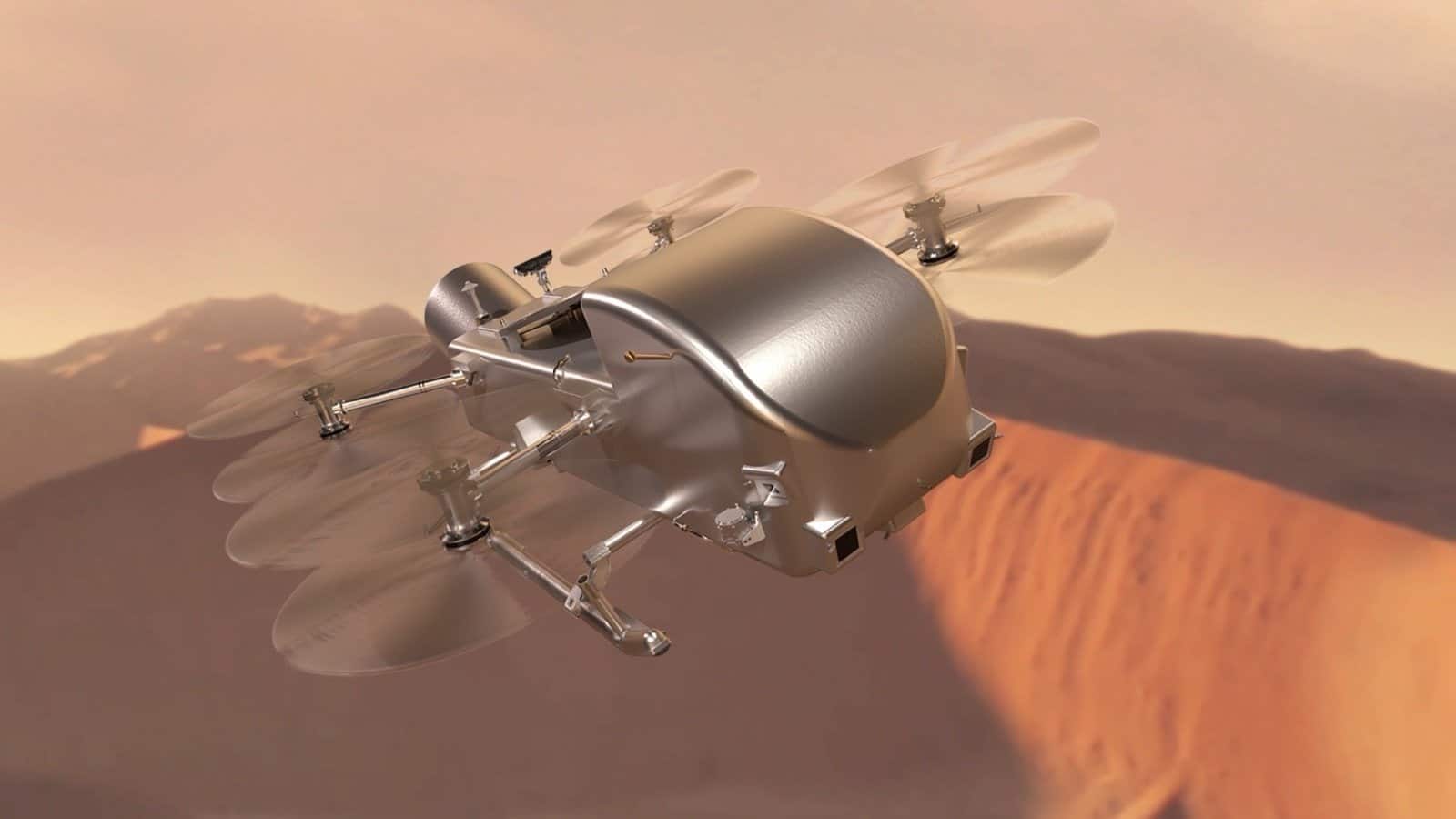





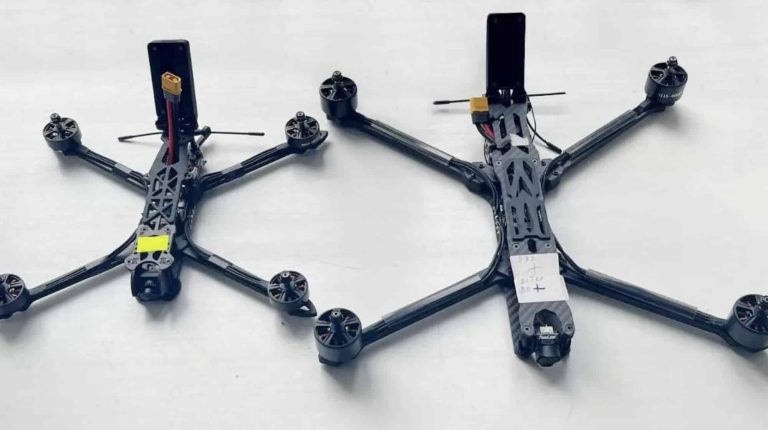
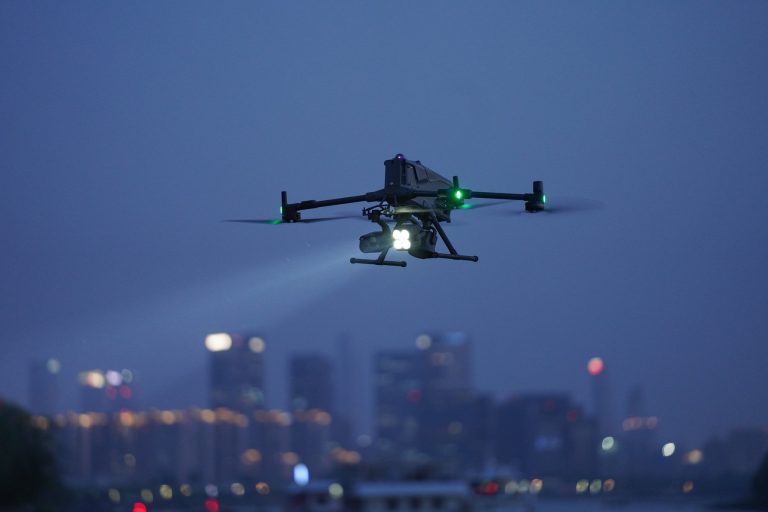


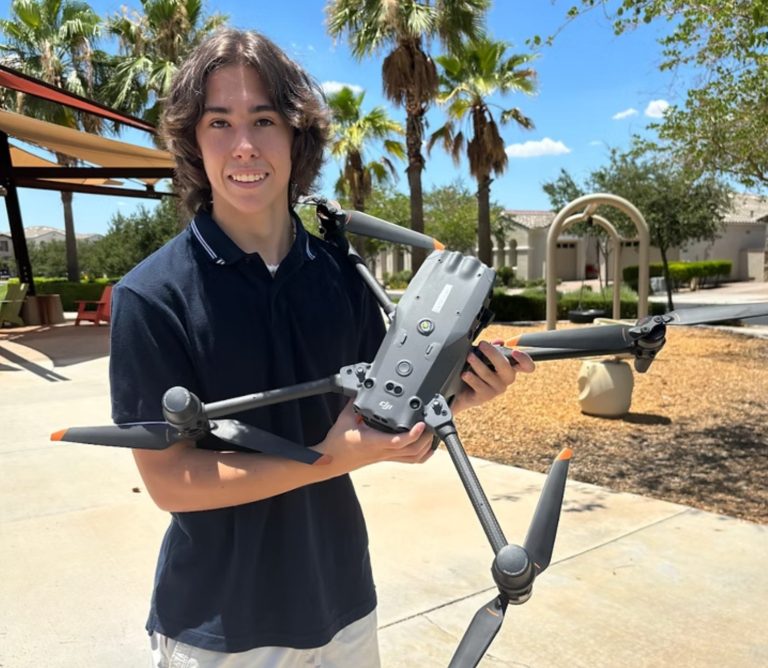
+ There are no comments
Add yours